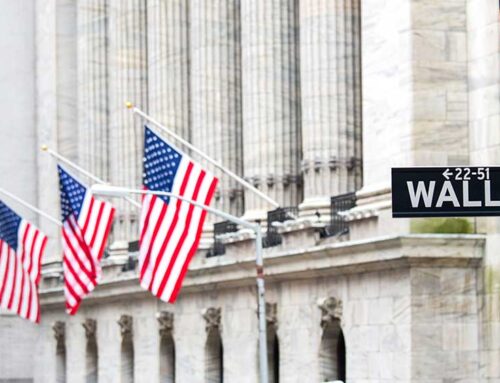Investing in metals: Will silver surpass its 2011 all-time high?
June 11, 2025
A growing chorus of influential market voices believes it’s not a matter of if, but when silver will hit its all-time high of $50 (€44) an ounce — a level not seen since April 2011.
The precious metal surged to nearly $37 (€32) this week, a new 13-year high, securing a remarkable 10% gain in the first 10 days of June alone, in a rally that has caught global investor attention.
The $50 threshold is now increasingly seen as a logical target, with both technical and macroeconomic conditions aligning in silver’s favour.
Could this be just the beginning of silver’s strongest bull run in over a decade?
How high could silver rally?
The case for silver’s resurgence is being championed by several market analysts and institutional voices on Wall Street, who have argued that a combination of structural and cyclical factors is propelling the metal’s rally momentum.
Otavio Costa, macro strategist at Crescat Capital, recently pointed out that silver has historically followed gold’s performance.
“We are likely in the early stages of a new secular bull market for the metal,” Costa recently wrote in a post on social media X, noting that silver typically lags gold in the early stages of a precious metals rally before outperforming later on.
The gold-to-silver ratio — an indicator of how many ounces of silver are required to buy one ounce of gold — has fallen sharply, breaking from historically elevated levels near 100.
“This move is likely just the beginning,” Costa observed, as investment starts flowing from gold into silver, and eventually into early-stage mining equities.
“A test of the all-time highs near $50 is within scope as positioning and momentum are not yet stretched,” said Bank of America’s technical analyst Paul Ciana in a recent note.
Rashad Hajiyev, macro investor and commentator, suggested that silver’s June breakout could conservatively point to $60 (€52).
“2010 and 2020 breakouts resulted in 150% and 60% gains, respectively, over eight months and one month,” he wrote. “With gold prices headed towards $3,600 and the average gold-to-silver ratio at 60, $60 silver is a legitimate target.”
Why silver, and why now? From monetary hedge to industrial engine
Investor interest in silver’s monetary role has resurged in recent months, driven by growing concerns over the US administration’s ability to manage the escalating federal debt.
Confidence in traditional US safe-haven assets has weakened, with both US Treasury bonds and the dollar losing ground in 2025 — an atypical development during a period of global economic uncertainty, when these instruments would typically attract demand.
Gold has been the first mover to reflect mounting concerns over US fiscal sustainability, gaining more than 25% year-to-date and outperforming all major asset classes in 2025.
Silver may be next to follow, attracting investors seeking hard assets that cannot be debased by an expanding supply of money.
What’s different this time is the acceleration in industrial demand for silver, especially from the clean energy sector.
As the Silver Institute highlighted, silver is one of the world’s best electrical conductors, making it indispensable in the production of solar panels, electric vehicles (EVs), and microelectronics.
Notably, the solar sector’s demand for silver has soared, doubling from 12% of total demand in 2022 to 25% in 2024.
Sprott projects that by 2030, annual silver demand for solar applications could rise to 370 million ounces, up from 220 million today.
According to Katusa Research, the current market environment exhibits all three of what it calls “Buffett’s critical silver signals”: a deepening supply deficit, stagnant production, and plummeting above-ground stockpiles.
These indicators, they argue, historically precede explosive silver rallies.
What could go wrong?
A reversal of the economic and geopolitical anxieties that gripped markets in 2025 could dampen silver’s appeal as a monetary hedge.
Should the Trump administration signal credible efforts to rein in its ballooning budget deficit, the sell-off in Treasuries might stabilise — or even reverse — restoring investor confidence in the dollar and reducing the urgency to seek alternatives like gold or silver.
Still, structural demand for silver, particularly from the electric vehicle and solar industries, is likely to persist.
This could provide a foundation for continued price support, albeit at a more moderate pace than if US economic dominance remained under heightened scrutiny.
Search
RECENT PRESS RELEASES
Related Post




